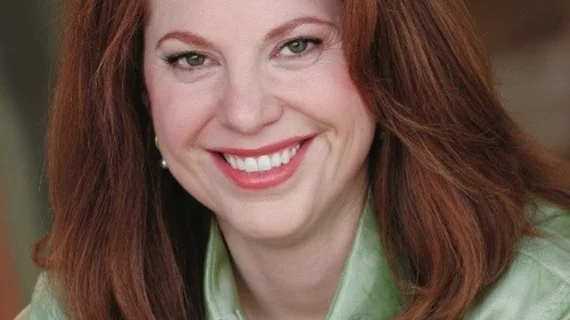Primary care compensation rising as practices get spooked about physician shortage
Primary care physicians and non-physician practitioners have seen their compensation rise more rapidly than specialists, which the Medical Group Management Association (MGMA) said is evidence of worsening shortage of physicians in primary care settings.
The MGMA compensation data found that over the past five years:
- Primary care physicians’ compensation rose by 10 percent (including 12 percent for family medicine doctors).
- Specialty physicians’ compensation rose by around 5 percent.
- Nurse practitioners’ (NPs') compensation rose by almost 30 percent.
- Physician assistants’ compensation rose by 25 percent.
“MGMA's latest survey has put strong data behind a concerning trend we've seen in the American healthcare system for some time—we are experiencing a real shortage of primary care physicians,” MGMA president and CEO Halee Fischer-Wright, MD, said in a statement. “Many factors contribute to this problem, chief among them being an increasingly aging population that's outpacing the supply of chronic care they require. And with a nearly two-fold rise in median compensation for primary care physicians over their specialist counterparts and increased additional incentives, we can now see the premium organizations are placing on primary care physicians' skills to combat this shortage.”
Overall compensation for non-physician providers rose by 8 percent over the last five years and by 17 percent over the last decade—showing how important these practitioners have become to delivering primary care, despite opposition from physician groups to allowing them to practice independently.
The ranks of non-physician providers have swelled in recent years. The number of licensed NPs have more than doubled to 248,000 since 2007, with nearly 78 percent of them specializing in primary care.
“In many communities that we visit, nurse practitioners and other advanced practice providers provide immediate care and same day access. These providers play an important role in today's health care system. It's more efficient and less expensive than visiting the emergency room,” said Nick Fabrizio, principal consultant at MGMA.
More NPs and non-physician practitioners can’t completely cover the growing physician shortage. The latest estimate from the Association of American Medical Colleges projected a shortage of up to 121,300 physicians by 2030. Making matters worse for retaining physicians is increased dissatisfaction and burnout among primary care doctors and needing to find more than one new physician to replace each older retiring doctor who worked longer hours.
The shortage may have the greatest impact on rural primary care, leading recruiters to offer extra incentives and compensation to lure physicians to these areas. Wyoming, the least populous state in the nation, saw the greatest increase over the past five years in median total compensation in primary care at 41 percent—12 percentage points above any other state.
On median total compensation, Nevada has highest-paying for primary care at $309,431. The District of Columbia was the lowest at $205,776.

